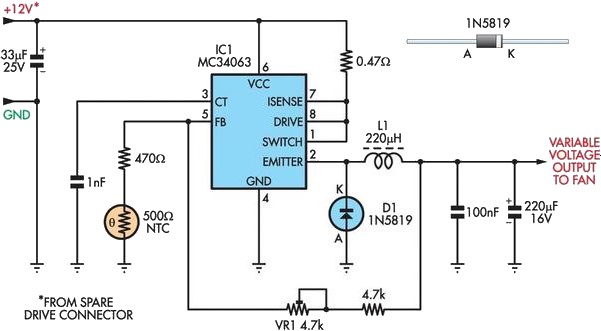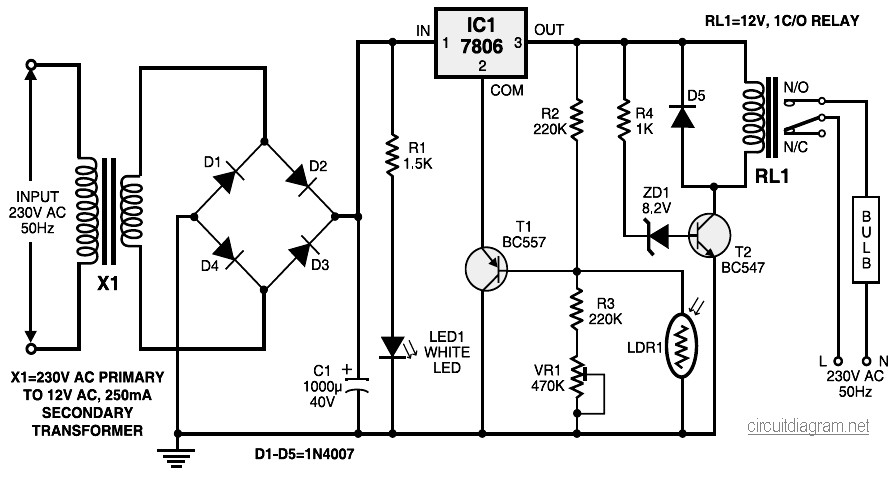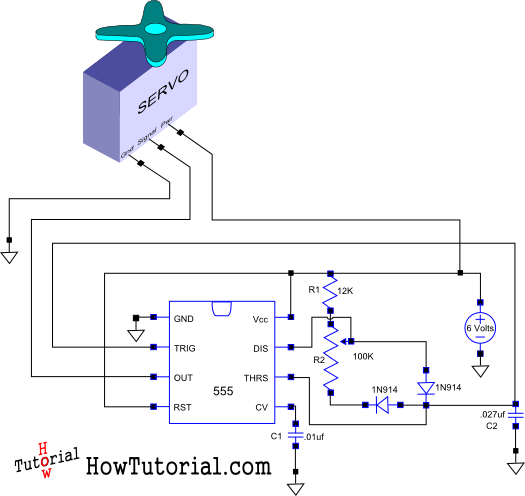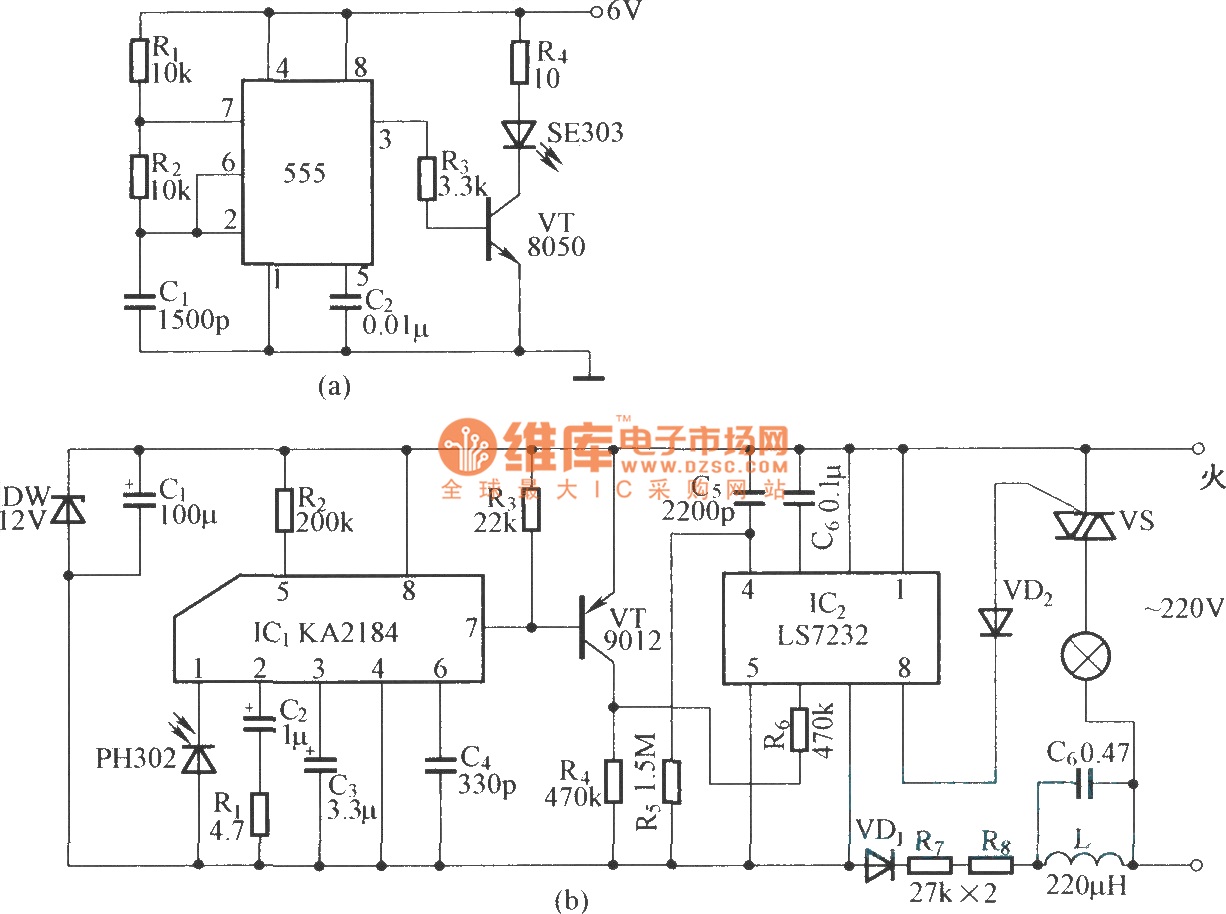
Serial Remote Control for the RIG RX-2 Receiver
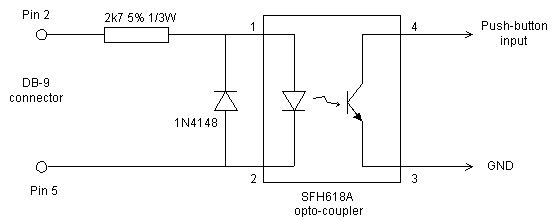
This document outlines modifications made to the RIG RX-2 receiver, enabling remote control via a computer using an RS-232 serial interface. The modifications consist of two components: additional hardware and a new firmware program for the PIC16C84 microcontroller. In manual control mode, the modified receiver functions similarly to the original. Upon powering on, the RX-2 emits a one-second beep, during which all display segments are illuminated (referred to as a 'lamp test'), allowing the signal detector circuit to stabilize. After this period, the receiver begins scanning from channel 1, halting only when a signal is detected. Upon finding a signal, the RX-2 emits a longer beep and ceases scanning until 15 seconds after the signal is lost, after which it emits a short beep and resumes scanning. A brief button press at any time advances to the next channel and stops scanning, accompanied by a short beep, while a longer press restarts scanning with a longer beep. Simultaneously, incoming characters at the serial port are checked for valid commands. Two commands are recognized: 's' (or 'S', case insensitive) and 'F'. The 'F' command, followed by a channel number from 0 to 9, changes to that channel and stops scanning if it was in progress. The 'S' command restarts scanning. No carriage return or line feed is necessary after the command, and any unrecognized or additional characters are ignored. In manual operation, the modified RX-2 retains the original five channels, with an additional five channels available via the 'F' command. The default frequencies can be easily modified. The serial interface is designed for minimal demands on the controlling computer, operating at a fixed baud rate of 1200 without flow control or handshaking signals, and does not send data back to the computer. The source code for the modified PIC program is available and requires Microchip MPLAB/MPASM for assembly, along with a suitable device programmer for the PIC16C84. Users must program their own devices until a supply of pre-programmed units is arranged. The software is designed to recognize button presses, which remain 'down' longer than the duration of a serial character. The serial input and push button share the same pin, where the program waits for a 'low' logic level. This could indicate the start of a serial character or a button press. The software first attempts to decode the input as a character; if the input remains low at the end of the character period, it concludes a button press has occurred. Two separate tasks handle button presses and character decoding. The hardware modifications are designed for simplicity, utilizing the same PIC input pin as the push-button and requiring no additional power supply, drawing power from the PC through the pull-up resistor on the push-button input. In the RS-232 idle state, DB-9 pin 2 is at a voltage between -5V and -12V, keeping the opto-coupler LED and transistor off. Pin 4 is pulled up to +5V by the RX-2 circuit board's push-button pull-up resistor. A button press brings this point to ground, unaffected by the serial interface. When an RS-232 character is received, the start bit raises DB-9 pin 2 to between +5V and +12V, activating the opto-coupler LED and transistor.
The modifications to the RIG RX-2 receiver introduce a robust control mechanism that significantly enhances its functionality. The integration of an RS-232 serial interface allows for seamless communication between the receiver and a computer, facilitating remote operation. The design emphasizes simplicity, ensuring that the hardware modifications do not complicate the existing circuitry. The firmware programmed into the PIC16C84 microcontroller is essential for interpreting commands and managing the receiver's operations.
In terms of hardware, the use of an opto-coupler ensures electrical isolation between the receiver and the computer, protecting both devices from potential damage due to voltage differences. The shared pin for both the push-button and serial input is an efficient use of resources, minimizing the number of required connections while maintaining functionality. The decision to operate at a fixed baud rate of 1200 without flow control simplifies the communication protocol, making it accessible for users with varying levels of technical expertise.
The firmware's command structure is designed to be intuitive, allowing users to quickly navigate through channels and control scanning operations. The ability to expand the number of channels available through the 'F' command adds flexibility to the receiver's operation, accommodating various user needs. The implementation of a simple button press mechanism for channel advancement and scanning control enhances user experience, making it straightforward to operate.
Overall, the modifications to the RIG RX-2 receiver not only preserve its original capabilities but also significantly extend its functionality, making it a versatile tool for users requiring remote control and monitoring capabilities in their applications.This page describes my modifications to the RIG RX-2 receiver which enable it to be controlled remotely from a computer, using an RS-232 serial interface. The modifications are in two parts: some simple additional hardware, and a new firmware program for the PIC16C84 microcontroller.
In manual control mode, the modified receiver operates very much as the original. When the RX-2 is switched on, it will emit a 1 second beep, during which all the display segments are turned (`lamp test`). This allows time for the signal detector circuit to settle. After the settling period, it will start scanning from channel 1, stopping only when it finds a signal.
When a signal is found, the RX-2 emits a longer beep and stops scanning, until 15 seconds after the signal is lost. It then emits a short beep and re-starts scanning. A short button press at any time will jump to the next channel and stop scanning, accompanied by a very short beep.
A longer press will re-start scanning, with a longer beep. At the same time, any characters which arrive at the serial port are checked for valid commands. There are two valid commands: `s` (or `S` - case is not important) and `F`. The `F` command, followed immediately by a channel number 0 to 9, will change to that channel, and stop scanning, if a scan was in progress. `S` will re-start scanning. No carriage return or line feed is required after the command. Any incomprehensible or extra characters are quietly ignored. In manual operation, the modified RX-2 uses the same 5 channels as the original. However, there are 5 additional channels available to the `F` command. The frequencies as supplied are shown below, but are very easily changed. The serial interface is designed to make the minimum demands on the computer driving it. It does not use any flow control: it operates at a fixed 1200 baud, and can handle continuous characters at this speed.
There are no `handshaking` signals. It cannot even send any data to the computer! The source code for the modified PIC program is available here. This requires Microchip MPLAB/MPASM to assemble, and a suitable device programmer for the PIC16C84. I am currently trying to arrange for a supply of ready programmed devices, via RIG. Until then you will need to program your own. For convenience, here is the Intel HEX format ready for the programmer. The software operation is based on the idea that when a person presses the button, it stays `down` for a long time - at least a long time compared to the duration of a serial character. The serial input and push button use the same pin. The program waits for a `low` logic level on this pin. This could either be the start of a serial character or the start of a button push. The software first attempts to decode the signal as a character. If the input is still low at the end of the character period, when it ought to be high, the software decides that it has a button push.
Two separate tasks handle the button pushes and decode the received characters. For those who are interested, there is a more detailed explanation available. The hardware modifications have been kept as simple as possible. The serial interface uses the same PIC input pin currently used by the push-button, and can be operated in conjunction with the button. It requires no extra power supply, drawing what power it needs from the PC and through the pull-up resistor on the push-button input.
In the RS-232 `idle` state, DB-9 pin 2 will sit at a voltage of -5V to -12V. The opto-coupler LED will be off, and so will be the transistor. Pin 4 will be pulled up to +5V by the push-button pull-up resistor on the RX-2 circuit board. A button push will take this point low to GND, unaffected by the presence of the serial interface. When an RS-232 character comes along, the start bit will take DB-9 pin 2 to between +5V and +12V, turning on the opto-coupler LED and transistor. The push-button input will go low, to 🔗 External reference
The modifications to the RIG RX-2 receiver introduce a robust control mechanism that significantly enhances its functionality. The integration of an RS-232 serial interface allows for seamless communication between the receiver and a computer, facilitating remote operation. The design emphasizes simplicity, ensuring that the hardware modifications do not complicate the existing circuitry. The firmware programmed into the PIC16C84 microcontroller is essential for interpreting commands and managing the receiver's operations.
In terms of hardware, the use of an opto-coupler ensures electrical isolation between the receiver and the computer, protecting both devices from potential damage due to voltage differences. The shared pin for both the push-button and serial input is an efficient use of resources, minimizing the number of required connections while maintaining functionality. The decision to operate at a fixed baud rate of 1200 without flow control simplifies the communication protocol, making it accessible for users with varying levels of technical expertise.
The firmware's command structure is designed to be intuitive, allowing users to quickly navigate through channels and control scanning operations. The ability to expand the number of channels available through the 'F' command adds flexibility to the receiver's operation, accommodating various user needs. The implementation of a simple button press mechanism for channel advancement and scanning control enhances user experience, making it straightforward to operate.
Overall, the modifications to the RIG RX-2 receiver not only preserve its original capabilities but also significantly extend its functionality, making it a versatile tool for users requiring remote control and monitoring capabilities in their applications.This page describes my modifications to the RIG RX-2 receiver which enable it to be controlled remotely from a computer, using an RS-232 serial interface. The modifications are in two parts: some simple additional hardware, and a new firmware program for the PIC16C84 microcontroller.
In manual control mode, the modified receiver operates very much as the original. When the RX-2 is switched on, it will emit a 1 second beep, during which all the display segments are turned (`lamp test`). This allows time for the signal detector circuit to settle. After the settling period, it will start scanning from channel 1, stopping only when it finds a signal.
When a signal is found, the RX-2 emits a longer beep and stops scanning, until 15 seconds after the signal is lost. It then emits a short beep and re-starts scanning. A short button press at any time will jump to the next channel and stop scanning, accompanied by a very short beep.
A longer press will re-start scanning, with a longer beep. At the same time, any characters which arrive at the serial port are checked for valid commands. There are two valid commands: `s` (or `S` - case is not important) and `F`. The `F` command, followed immediately by a channel number 0 to 9, will change to that channel, and stop scanning, if a scan was in progress. `S` will re-start scanning. No carriage return or line feed is required after the command. Any incomprehensible or extra characters are quietly ignored. In manual operation, the modified RX-2 uses the same 5 channels as the original. However, there are 5 additional channels available to the `F` command. The frequencies as supplied are shown below, but are very easily changed. The serial interface is designed to make the minimum demands on the computer driving it. It does not use any flow control: it operates at a fixed 1200 baud, and can handle continuous characters at this speed.
There are no `handshaking` signals. It cannot even send any data to the computer! The source code for the modified PIC program is available here. This requires Microchip MPLAB/MPASM to assemble, and a suitable device programmer for the PIC16C84. I am currently trying to arrange for a supply of ready programmed devices, via RIG. Until then you will need to program your own. For convenience, here is the Intel HEX format ready for the programmer. The software operation is based on the idea that when a person presses the button, it stays `down` for a long time - at least a long time compared to the duration of a serial character. The serial input and push button use the same pin. The program waits for a `low` logic level on this pin. This could either be the start of a serial character or the start of a button push. The software first attempts to decode the signal as a character. If the input is still low at the end of the character period, when it ought to be high, the software decides that it has a button push.
Two separate tasks handle the button pushes and decode the received characters. For those who are interested, there is a more detailed explanation available. The hardware modifications have been kept as simple as possible. The serial interface uses the same PIC input pin currently used by the push-button, and can be operated in conjunction with the button. It requires no extra power supply, drawing what power it needs from the PC and through the pull-up resistor on the push-button input.
In the RS-232 `idle` state, DB-9 pin 2 will sit at a voltage of -5V to -12V. The opto-coupler LED will be off, and so will be the transistor. Pin 4 will be pulled up to +5V by the push-button pull-up resistor on the RX-2 circuit board. A button push will take this point low to GND, unaffected by the presence of the serial interface. When an RS-232 character comes along, the start bit will take DB-9 pin 2 to between +5V and +12V, turning on the opto-coupler LED and transistor. The push-button input will go low, to 🔗 External reference

